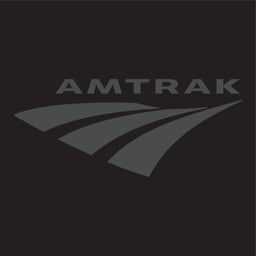Not so friendly reminder that musk specifically came up with, and pushed, for hyperloop knowing that it would never be made, as an effort to stop the development of highspeed rail in America and shift all political discussions of it because “something better is around the corner”:
As I’ve written in my book, Musk admitted to his biographer Ashlee Vance that Hyperloop was all about trying to get legislators to cancel plans for high-speed rail in California—even though he had no plans to build it. Several years ago, Musk said that public transit was “a pain in the ass” where you were surrounded by strangers, including possible serial killers, to justify his opposition.
Also: 2024 update, the total length of China’s high-speed rail tracks has now reached well over 45,000 km, or 28,000 miles, by the end of 2023.
They are additionally five years ahead of schedule and expect to double the total number within ten years. And, before someone inevitably complains about “how expensive it is”, they are turning over a net-profit of over $600M USD a year.


Source on the $500 billion?
And governments don’t need to find money to fund capital projects. The US government can print money. They can effectively borrow money against the future economic growth that the project will provide, which is an easy bet with projects like this.
This is the state of California, not the entire US gov. California can’t print money.
Approximately $130bn for the third of the line currently under construction, which is the least expensive portion.
From the top of the page you linked. I see no reference to $130b.
The federal government can also fund infrastructure projects in states.
The IOS is one portion of the initial 1/3 of the entire HSR.
Look under the table titled “2024 capital cost estimates for full Phase 1” for the $128bn estimate for phase 1
full phase 1 != the IOS. The IOS is predicted to be $28–35 billion. The full phase 1, which is SF and Merced to Anaheim, and also most of the entire network, is predicted to be $128bn (as per your quote).
Yes. That’s what I said. I don’t understand what you’re getting at here.
So where does the $500 billion come from?
There are 3 phases to the project. The least expensive phase is estimated at $130bn ish. $500bn for the whole thing is a fair guesstimate.
Merced to Bakersfield is the initial operation segment, that is estimated to cost $28–35 billion, as per your link. This is the cheapest phase that you are referring to.
Phase 1 adds the segments to SF and Anaheim. This is projected to cost $130 billion.
Phase 2 adds segments to San Diego and Sacramento. These are a long way off and I haven’t seen any cost estimates for it, but as you can see it doesn’t triple the length of the system.
There is no Phase 3 in the official design.